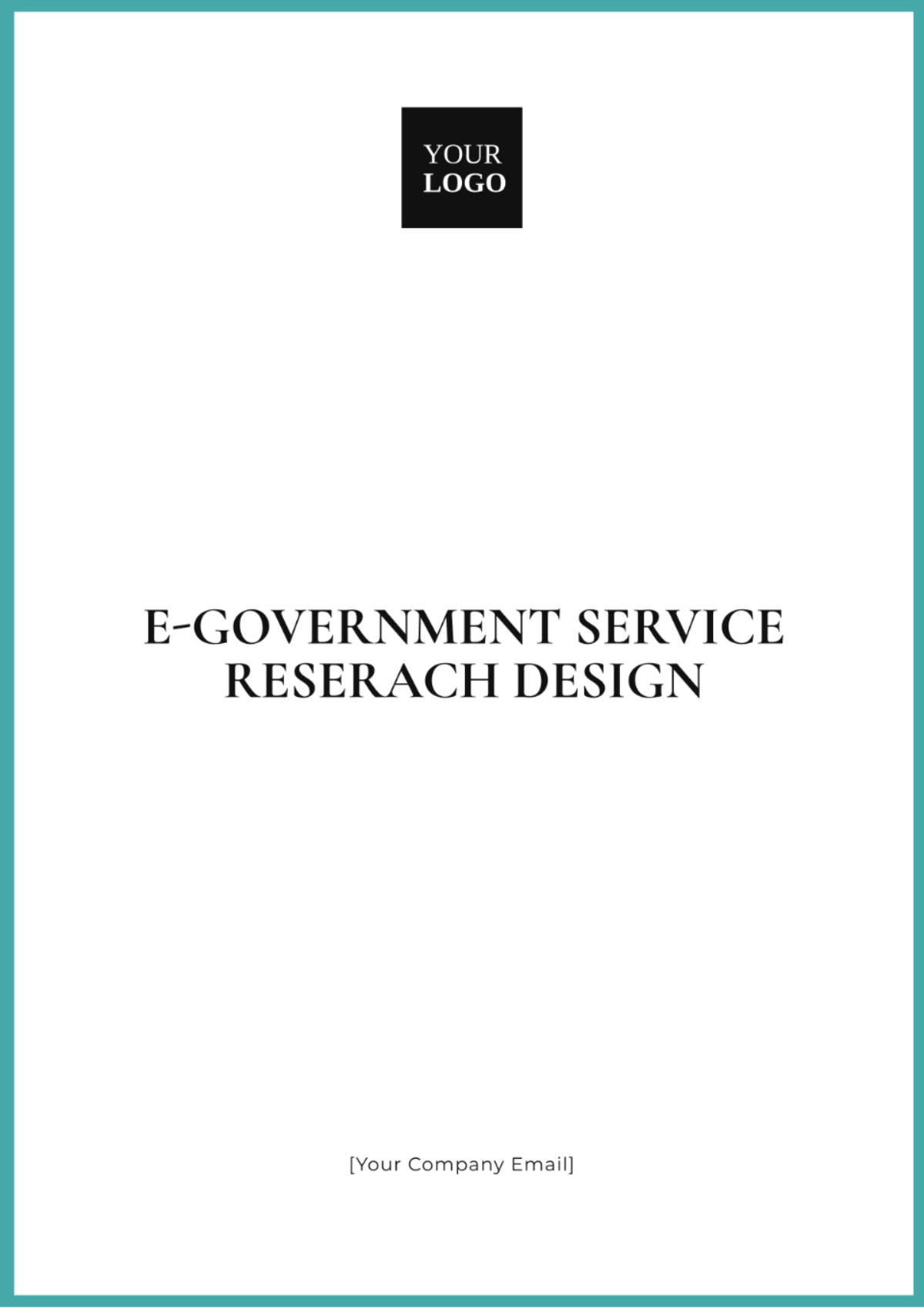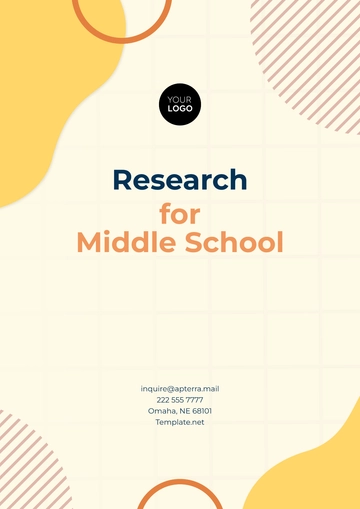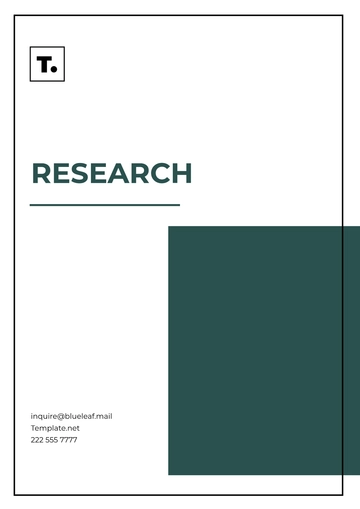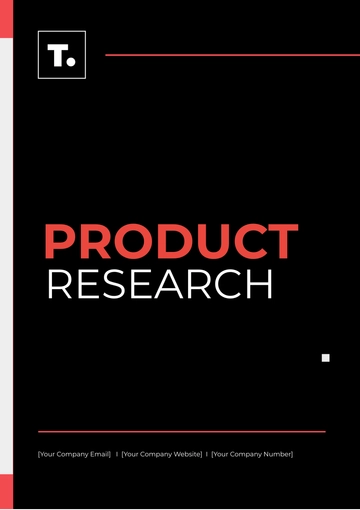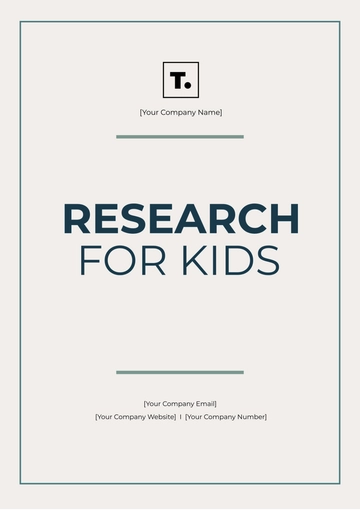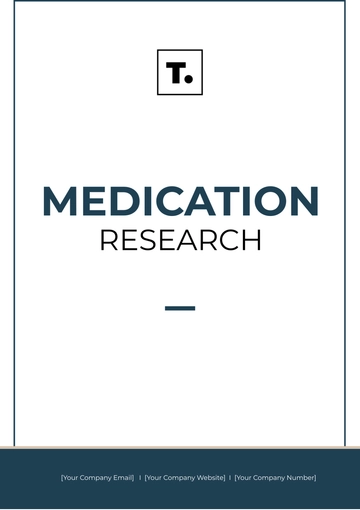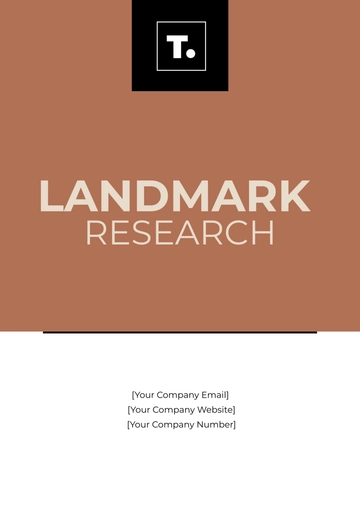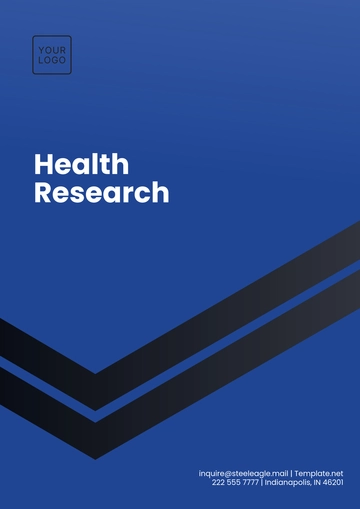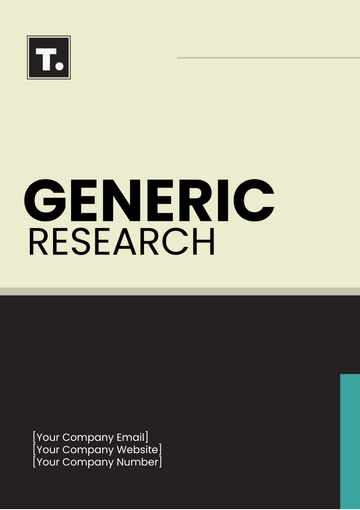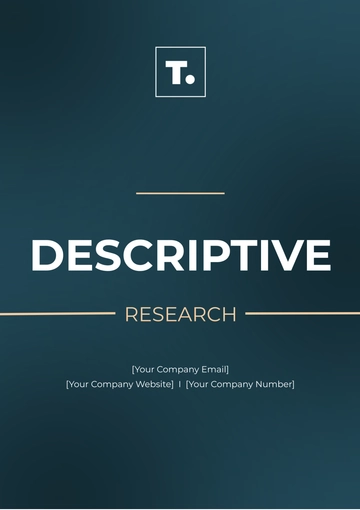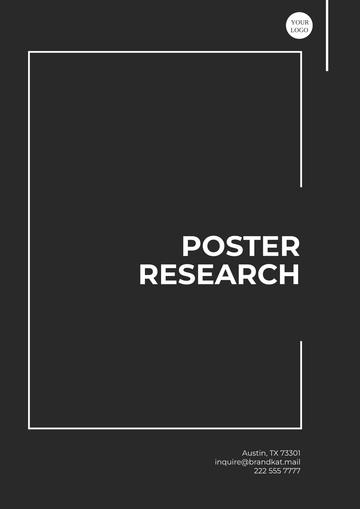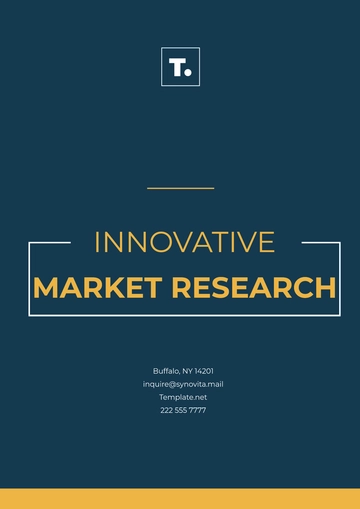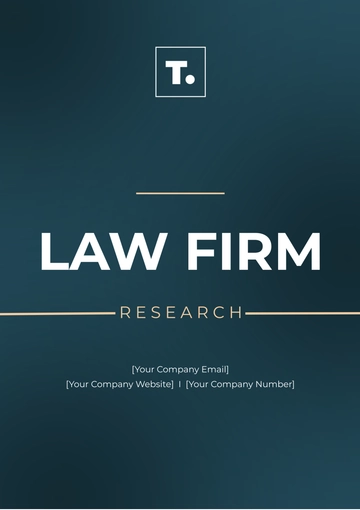E-Government Service Research Design
Prepared By: [YOUR NAME]
Date: [DATE]
I. Introduction
The evolution of technology has paved the way for governments to transition from traditional modes of service delivery to more advanced digital platforms. This research design focuses on the structured study of e-government services to improve the delivery of government services through digital channels. The primary objectives are to enhance the effectiveness, efficiency, and user satisfaction of these services. Understanding the significance of optimizing e-government platforms can lead to increased accessibility, transparency, and user engagement.
II. Literature Review
A considerable amount of research has been conducted on the benefits and challenges associated with e-government services. Previous studies have highlighted the importance of digital maturity in public administration and the need for robust cybersecurity measures to protect sensitive information. Theories such as the Technology Acceptance Model (TAM) and Diffusion of Innovations Theory provide frameworks for understanding user adoption and implementation dynamics. These theories suggest that perceived ease of use, perceived usefulness, and the social context significantly influence the adoption of e-government services.
III. Research Questions or Hypotheses
IV. Methodology
The research will employ both qualitative and quantitative methods for a comprehensive analysis. Surveys, interviews, and focus groups will be used to gather user feedback. Data analytics and website analytics tools will be used to analyze user interaction with e-government platforms. Statistical tools such as SPSS and qualitative data analysis software like NVivo will be employed to interpret the data.
V. Data Collection Plan
VI. Analysis Plan
VII. Expected Outcomes
This research aims to provide actionable insights for enhancing e-government services. The expected outcomes include:
Recommendations for Improving Service Efficiency: Recommendations will be made to streamline processes, reduce wait times, and optimize resources, enhancing overall service efficiency.
Strategies for Increasing User Engagement and Effectiveness: Strategies will be proposed to improve user interaction with e-government platforms, such as refining interfaces and communication channels, to boost engagement and effectiveness.
VIII. Timeline and Budget
Activity | Timeline | Estimated Cost |
|---|
Literature Review | Month 1-2 | $1,000 |
Data Collection | Month 3-4 | $3,000 |
Data Analysis | Month 5-6 | $2,000 |
Report Writing | Month 7 | $1,000 |
Total estimated budget: $7,000
References
Almarabeh, T., & AbuAli, A. (2050). A general framework for e-government: Definition maturity challenges, opportunities, and success. European Journal of Scientific Research, 39(1), 29-42.
Davis, F. D. (2089). Perceived usefulness, perceived ease of use, and user acceptance of information technology. MIS Quarterly, 319-340.
Research Templates @ Template.net
